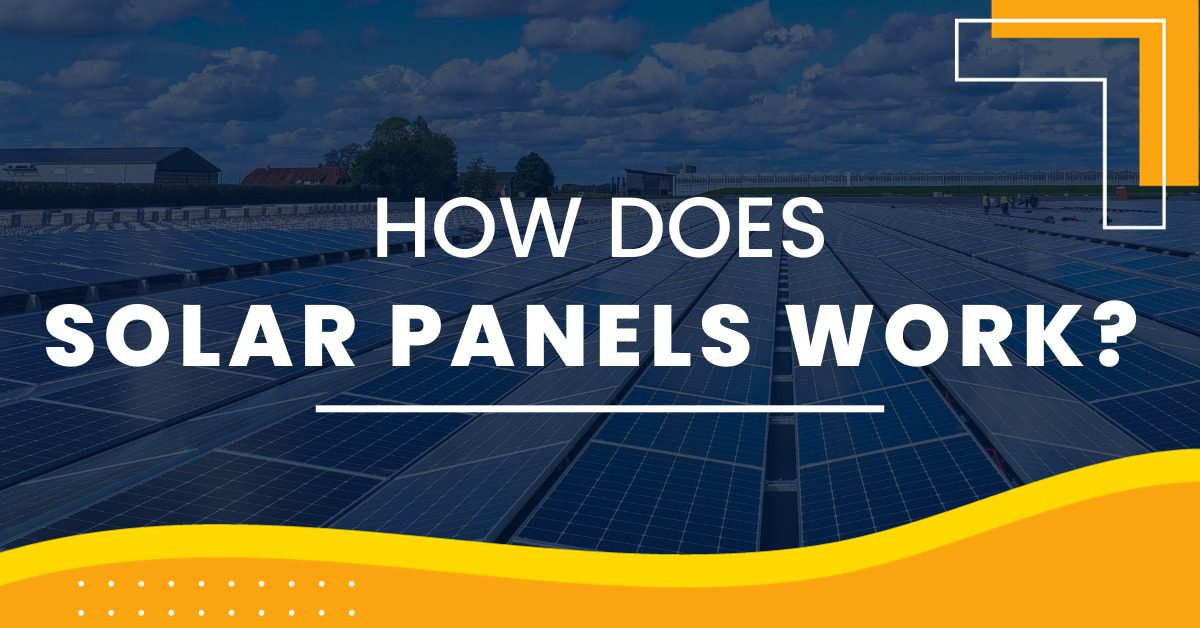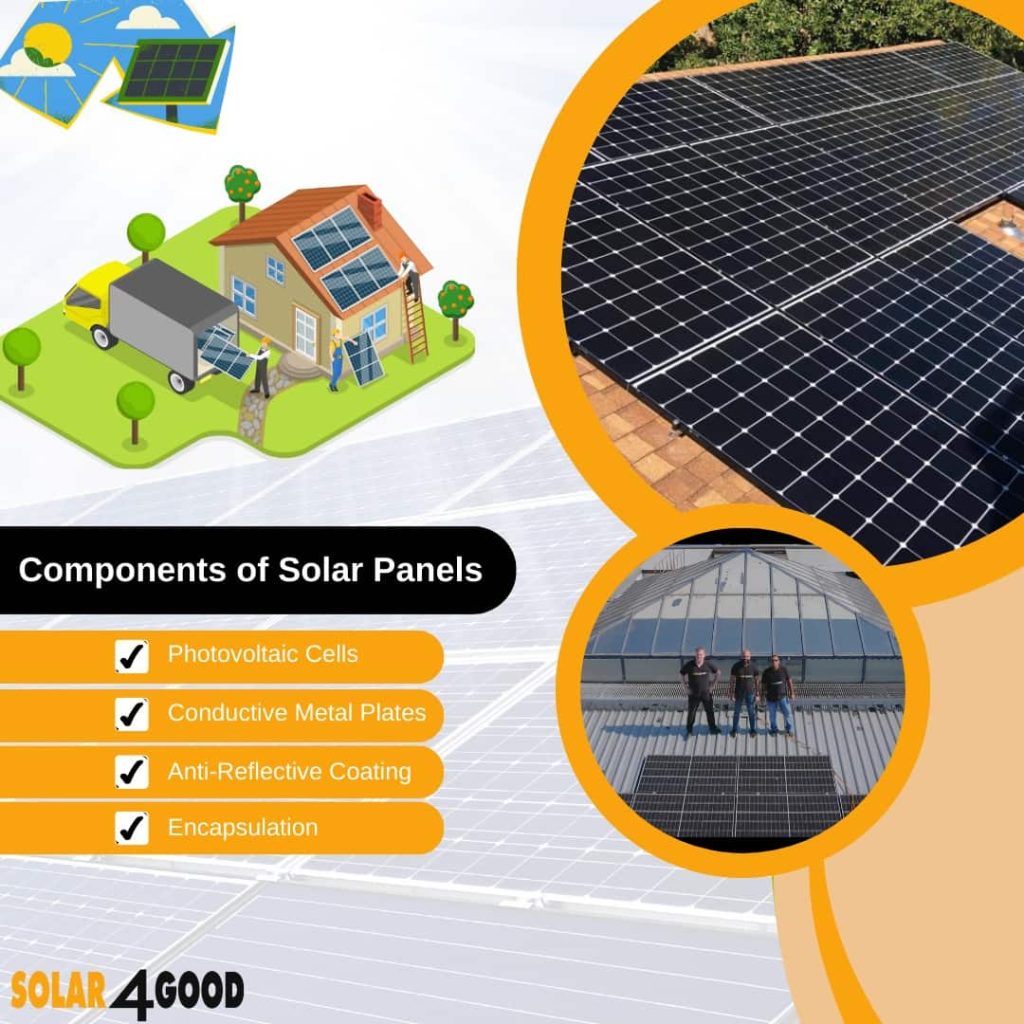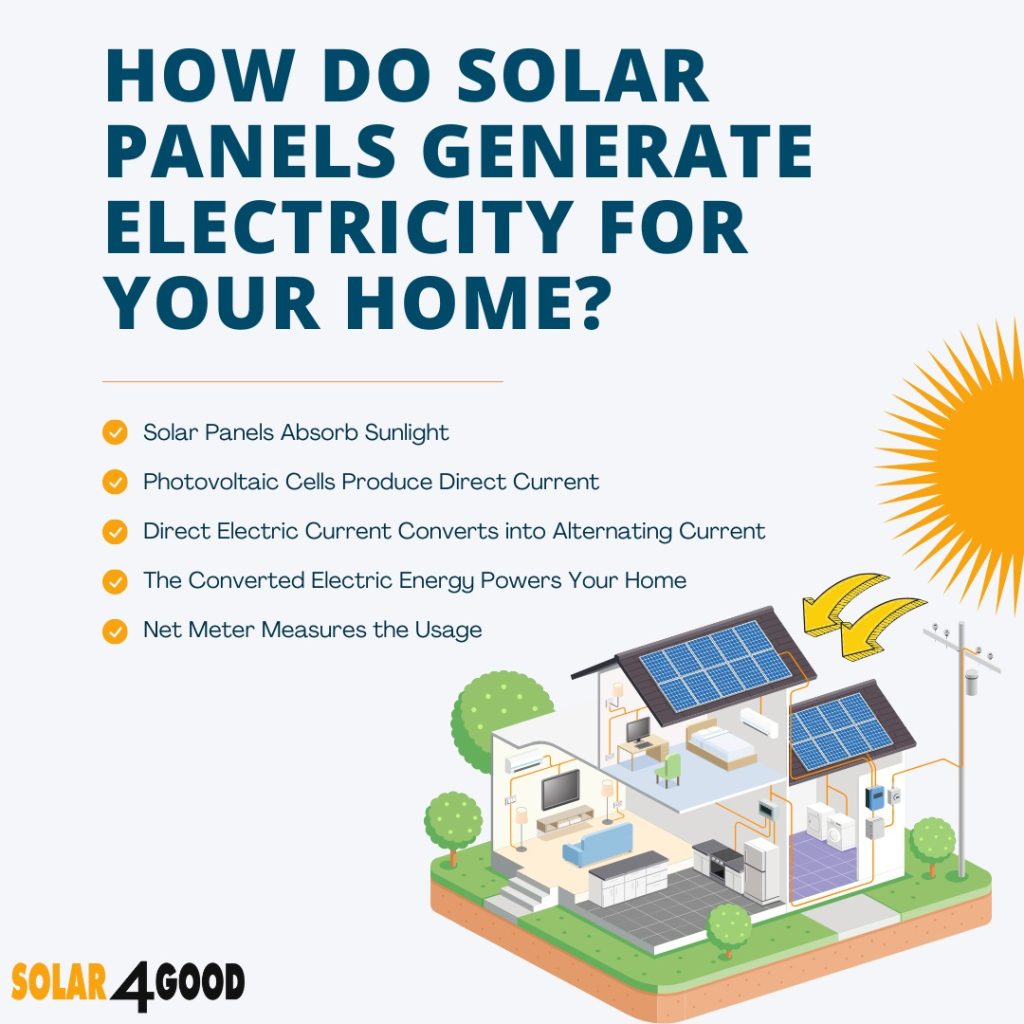
How Does Solar Panels Work ?
Solar energy, often regarded as the future of sustainable power, has become increasingly popular due to its clean and renewable nature. At the heart of this clean energy revolution are solar panels, the marvels of technology that capture and convert sunlight into electricity. But have you ever wondered how these solar panels work? In this blog post, we’ll delve deep into the fascinating world of solar energy and explore the intricate process of how solar panels function, both in residential and broader applications.
What is Solar Energy?
Solar energy is harnessed from the sun, our nearest and most abundant source of energy. It is collected through the use of solar panels, which capture the sun’s rays and convert them into electricity. Solar energy is both clean and renewable, making it a crucial resource in reducing our reliance on fossil fuels and curbing greenhouse gas emissions.
What Are Solar Panels?
Solar panels, also known as photovoltaic (PV) panels, are devices designed to capture sunlight and convert it into electricity. These panels are made up of individual solar cells, which are the building blocks responsible for converting sunlight into electrical energy. Understanding the photovoltaic effect is key to grasping how solar panels work.
What is the Photovoltaic Effect and How Does It Work?
The photovoltaic effect is the fundamental principle behind solar energy generation. It occurs when certain materials, such as silicon, absorb photons (particles of light) from the sun. When these photons strike the solar cells, they energize electrons within the material, causing them to move and generate an electric current. This flow of electricity is what powers your home or any other electrical device connected to the solar panel.
Components of Solar Panels
To understand how solar panels work, let’s explore the essential components of a typical solar panel:
1. Photovoltaic Cells
These cells are the heart of a solar panel. They are made of semiconductor materials, usually silicon, and contain numerous solar cells that absorb and convert sunlight into electricity.
2. Conductive Metal Plates
These plates are connected to the solar cells and help conduct the electric current generated by the photovoltaic effect.
3. Anti-Reflective Coating
This layer minimizes the reflection of sunlight, ensuring that more photons are absorbed by the solar cells.
4. Encapsulation
Solar panels are encapsulated with a protective layer, often made of tempered glass, to safeguard them from environmental factors and extend their lifespan.

How Do Solar Panels Generate Electricity for Your Home?
Now, let’s break down the process of how solar panels generate electricity for your home, step by step:
Step 1: Solar Panels Absorb Sunlight
Solar panels are installed in locations with maximum sun exposure, such as rooftops or open areas. They are positioned at an angle to effectively capture sunlight. When sunlight hits the panels, the photovoltaic cells within them absorb the photons and begin the energy conversion process.
Step 2: Photovoltaic Cells Produce Direct Current
The absorbed photons energize the electrons within the photovoltaic cells, creating an electric current. This current is in the form of direct current (DC), which is then collected and channeled to the next stage of the process.
Step 3: Direct Electric Current Converts into Alternating Current
Most household appliances and electrical systems operate on alternating current (AC). To make the solar-generated electricity compatible with your home, an inverter is used. The inverter converts the DC into AC, ensuring that the electricity can power your household devices.
Step 4: The Converted Electric Energy Powers Your Home
With the electricity now in the form of AC, it can be used to power your home. Any excess electricity generated can be sent back to the grid or stored for future use with the help of a battery storage system.
Step 5: Net Meter Measures the Usage
A net meter is often installed to measure the electricity usage and the surplus electricity fed back into the grid. Depending on your location and utility provider, you may receive credits or compensation for the excess energy you produce.

Solar panels are remarkable inventions that tap into the power of the sun to provide clean and renewable electricity for homes and various applications. Understanding the photovoltaic effect and the components of solar panels is essential in appreciating how solar panels work. The step-by-step explanation of the electricity generation process from sunlight to your home’s appliances demonstrates the efficiency and eco-friendliness of solar power. As the world increasingly embraces sustainable energy solutions, solar panels are set to play a pivotal role in our journey toward a greener, more sustainable future.
You Are Just One Step Away From A Lifetime Of Savings
Fill Out The Form For Free Consultation
Or Call Us At 0800 999 1454

Head Office
- 79 College Road, Harrow, England, HA1 1BD
Leicester Office
- 1 Meridian South, Leicester, LE19 1WY
Basildon Office
- 3 Buckwins Square, Basildon, SS13 1BJ, United Kingdom.
Glasgow Office
- Simple Business Centre, 14 Carmyle Avenue, Glasgow G32 8HJ
Exeter office
- Queensgate House, 48 Queens Street, Exeter EX4 4SR.
Manchester office
- First Floor, Swan Buildings, 20 Swan St, Greater, Manchester M4 5JW.
- Registered in England and Wales, Company No: - 13101514
SERVICES
©2023 This website is the property of Solar4Good UK Ltd. The content of this website and the information contained therein informs the user of the services provided by Solar4Good UK.





